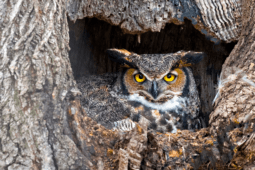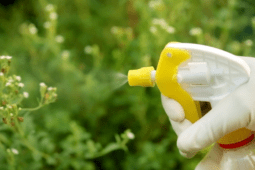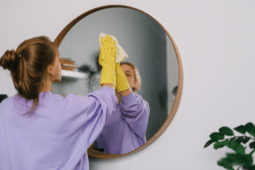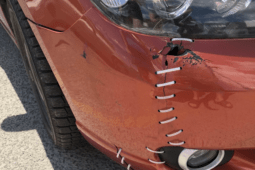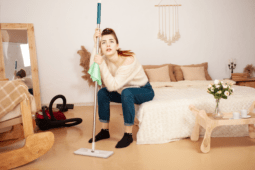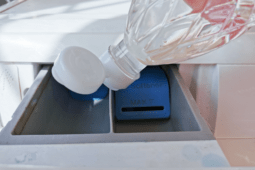Stop Summer Wasps Before They Start by Eliminating the Queen in Spring
Nobody wants to spend their summer swatting away angry wasps, but the key to controlling these stinging pests starts long before the warm weather arrives. By targeting the queen wasp in early spring, you can significantly reduce or even prevent wasp colonies from forming around your home. Here’s how to spot, identify, and eliminate the queen before she builds her buzzing empire.
1. Why Spring is the Perfect Time
In early spring, queen wasps emerge from hibernation in search of a suitable place to start their nest. During this period, the queen is alone, making her easier to eliminate compared to dealing with an established colony later in the season.
By removing the queen in spring, you’re effectively cutting off the colony before it can develop, saving you from dealing with dozens or even hundreds of aggressive wasps by summer.
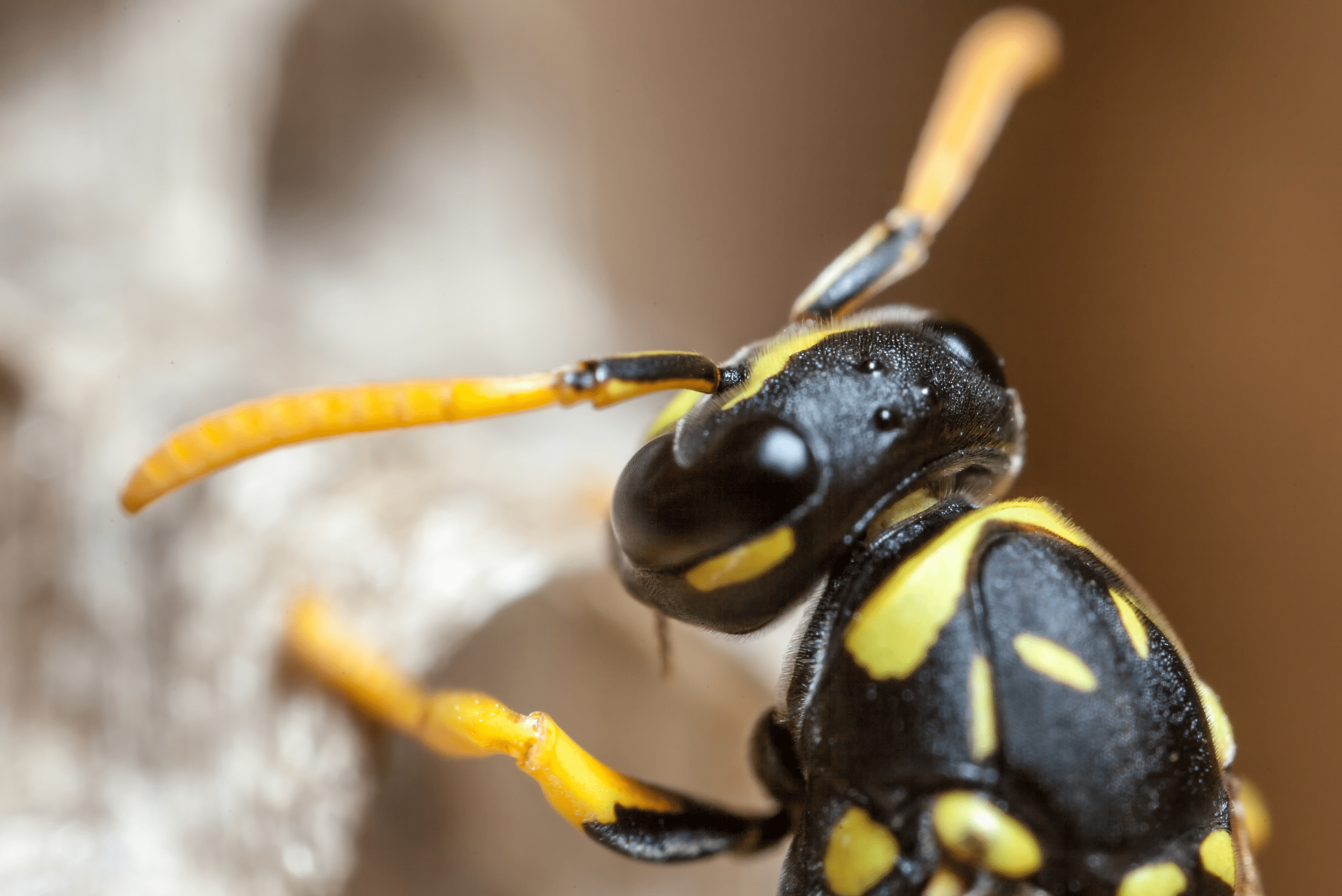
2. How to Identify a Queen Wasp
Queen wasps are noticeably larger than worker wasps, with a thicker body and longer abdomen. In early spring, you’ll often find them crawling around windowsills, porches, or other sunny spots as they search for nesting sites.
If you notice a single, larger wasp acting sluggish or inspecting crevices, it’s likely a queen. Acting quickly can prevent her from starting a new colony near your home.
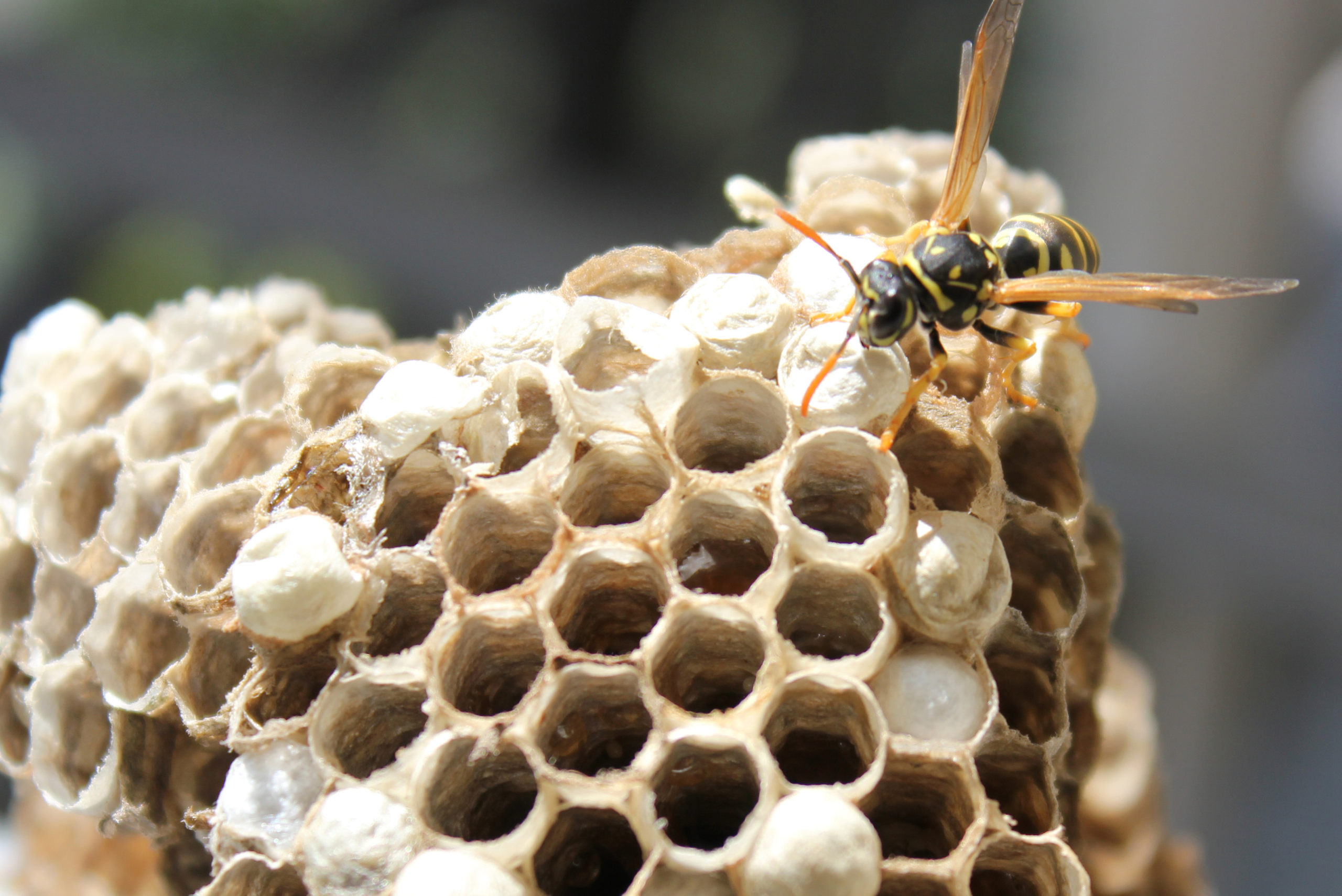
3. Where to Look for Queen Wasps
Queen wasps commonly look for nesting spots in sheltered locations such as eaves, attic vents, garage rafters, or woodpiles. Checking these areas in early spring is crucial to catching them before they build a nest.
If you spot a small paper-like structure hanging from a surface, this is an early-stage nest. Removing these immediately will deter the queen from continuing her colony.
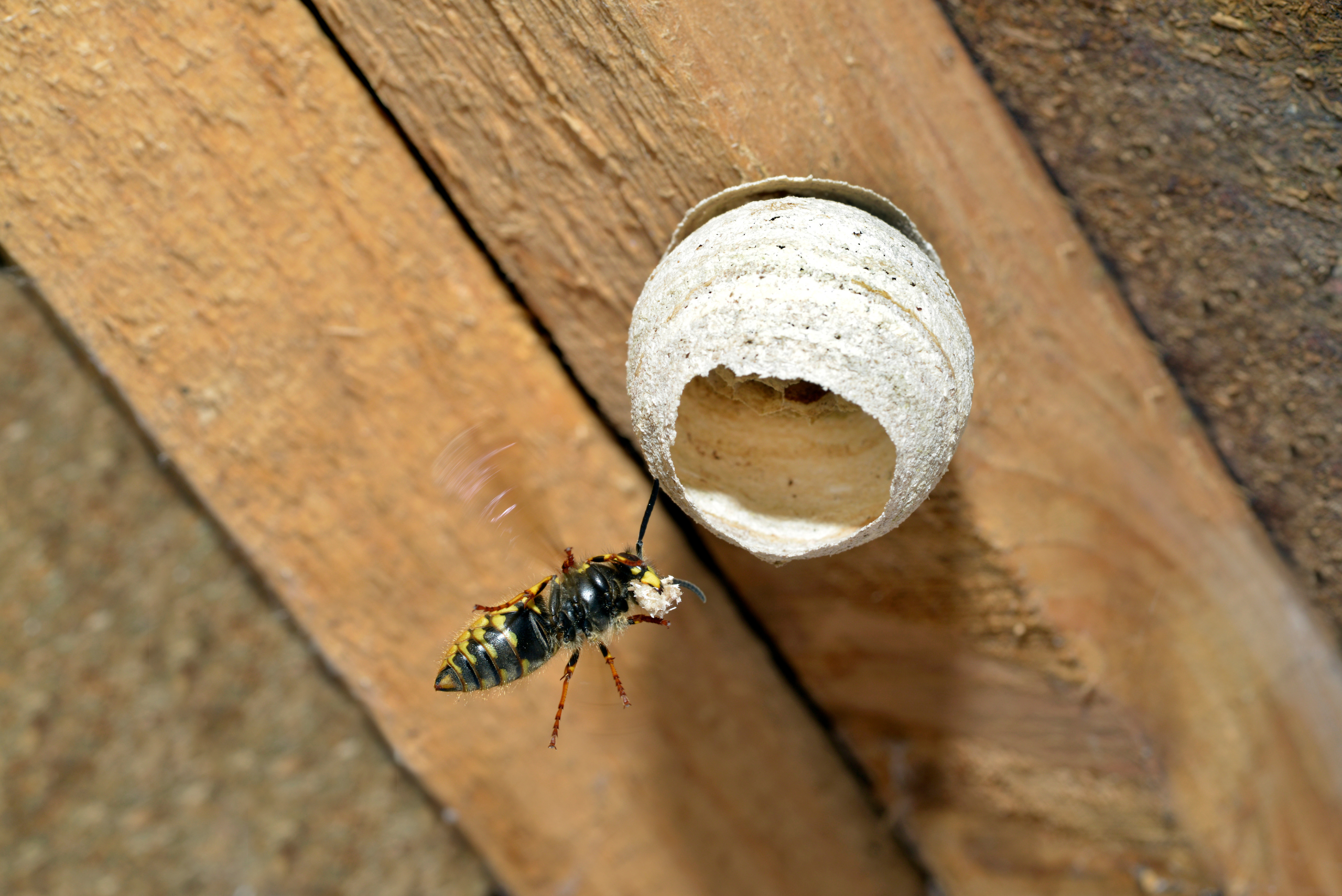
4. Safe Ways to Eliminate the Queen
For wasps found outdoors, a quick spray of insecticide designed for wasps can be highly effective. Be sure to spray in the early morning or late evening when the queen is less active. Always wear protective clothing to avoid stings.
If you find a small nest forming, carefully knock it down with a broomstick and dispose of it in a sealed bag. Spraying the area afterward will discourage future queens from returning.
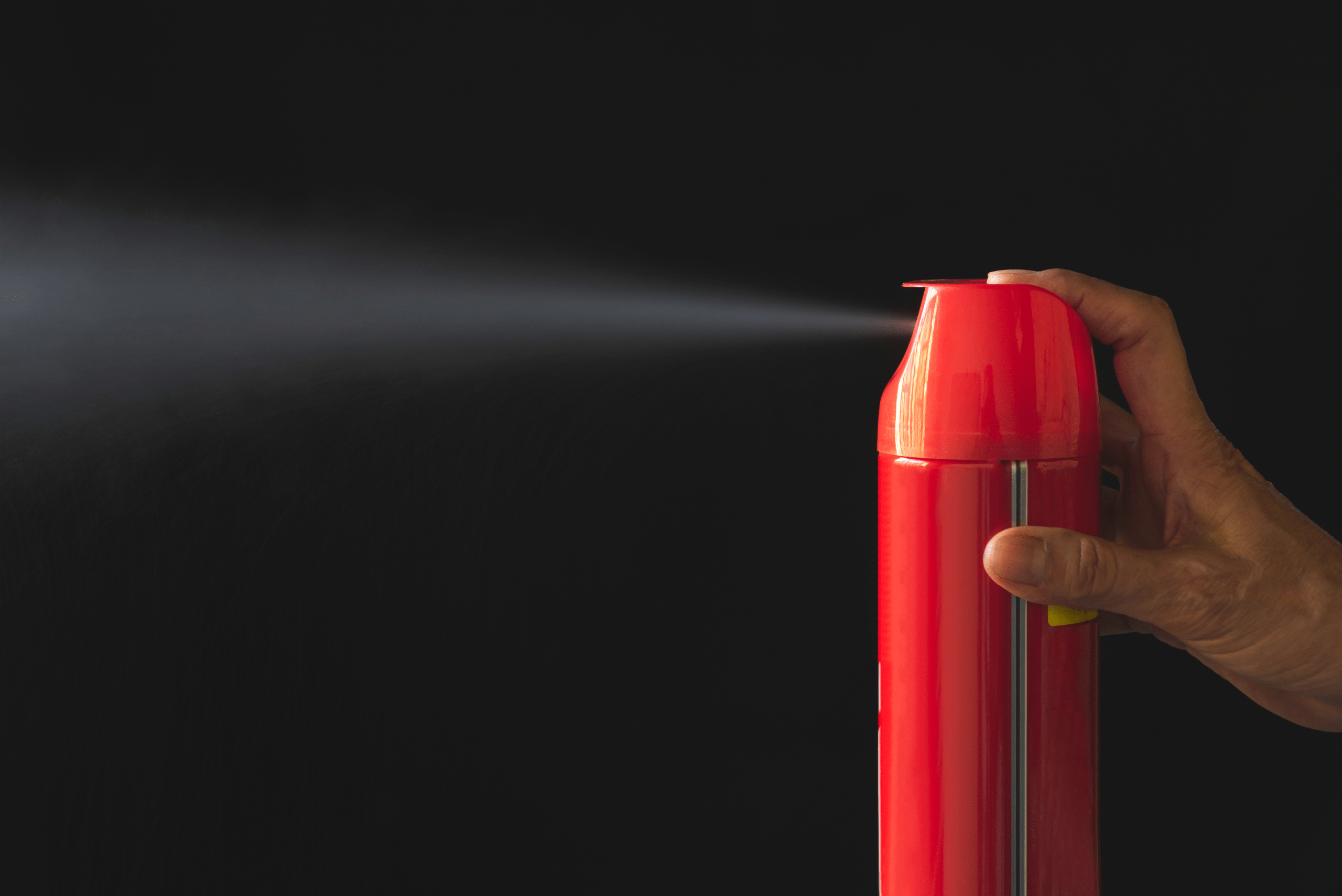
5. Preventive Measures for Future Seasons
To deter queen wasps from nesting near your home in the first place, take preventive steps such as sealing cracks, securing trash can lids, and removing food sources like fallen fruit or sugary spills. Hanging decoy nests can also make your property less appealing to wasps seeking a new home.
By being proactive in spring, you can keep your outdoor space wasp-free all summer long.
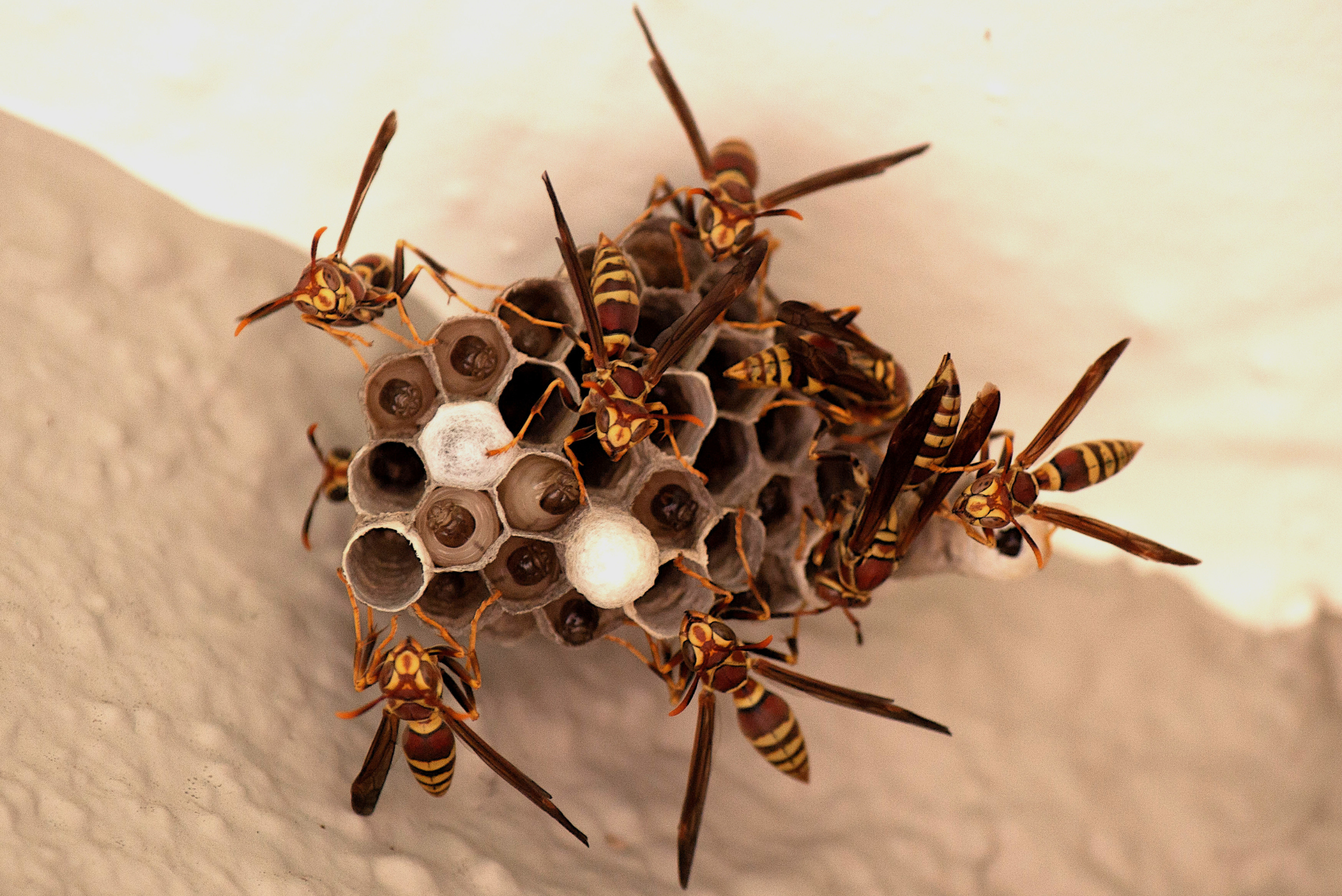
Related Articles
- Spot This Bug? Here’s What to Do Immediately!
- Why You Should Never Kill This Common Household Bug
- What Are These Tiny Bugs in My House Near the Window?
The secret to controlling summer wasps is stopping their queen before she can establish a colony. By acting early in the spring and keeping an eye out for nesting signs, you’ll protect your home from unwelcome stingers and enjoy a more peaceful, pest-free summer season.


